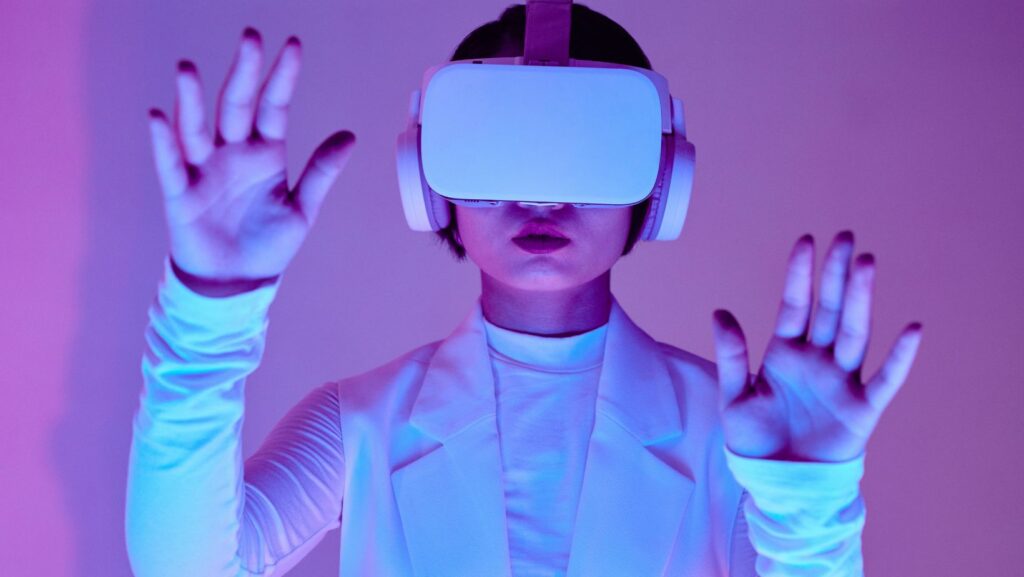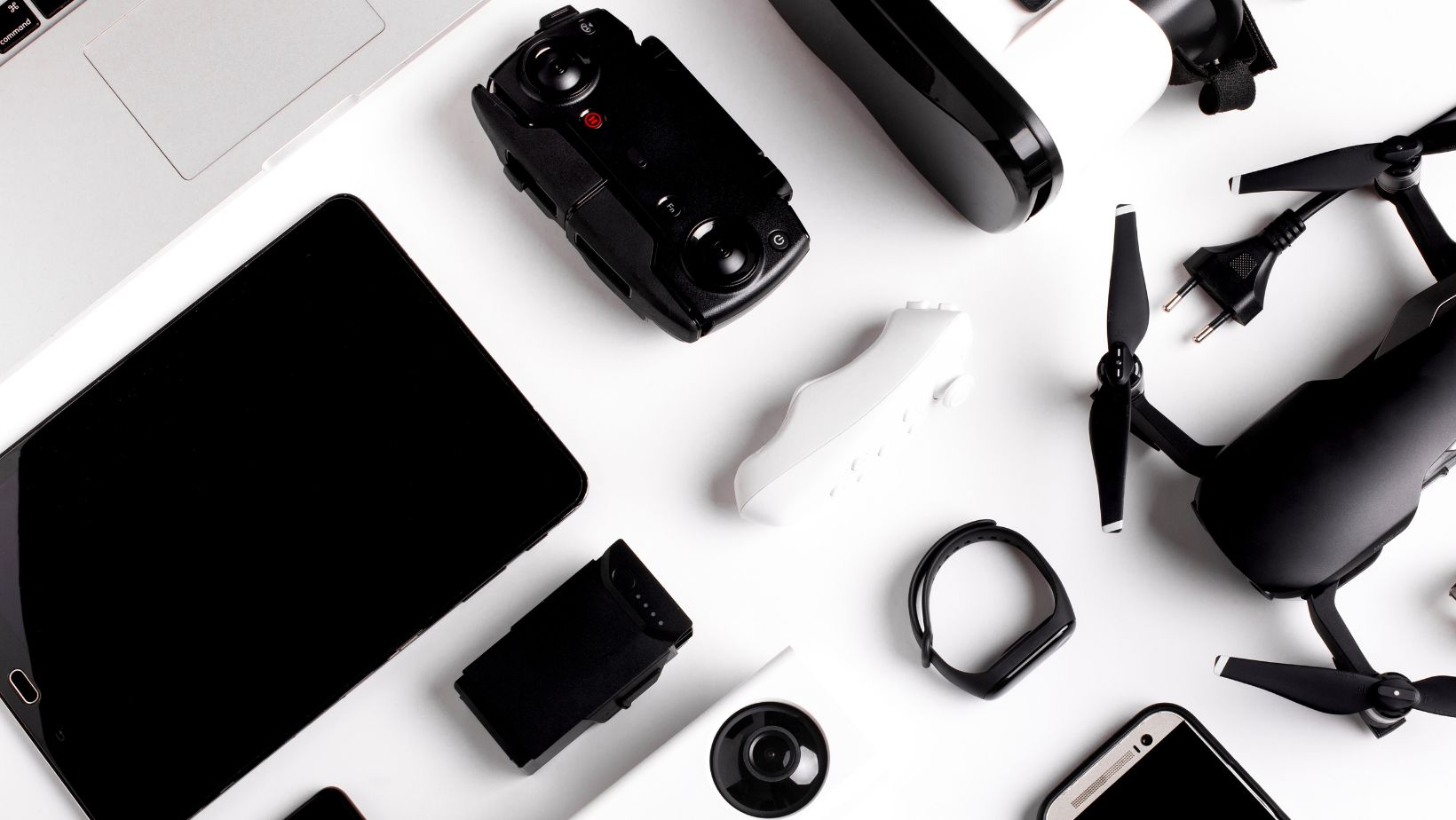Key Takeaways
- Technological Integration: Gadgets in 2025 will feature advanced AI and IoT capabilities, enhancing user experience through seamless connectivity and intuitive designs.
- Health and Wellness Focus: Wearables and smart devices will prioritize real-time health monitoring, enabling personalized insights and support for proactive health management.
- Sustainability Matters: Eco-friendly materials and energy-efficient designs are becoming essential, reflecting consumer demand for gadgets that minimize environmental impact.
- Augmented Reality Influence: Innovations in AR will transform gaming, education, and retail, creating immersive experiences and enhancing user engagement.
- Consumer Behavior Trends: Younger generations favor convenience and sustainability in tech, while online shopping and informed purchasing decisions are driving shifts in buying behavior.
- Security Enhancements: With growing concerns about data privacy, advanced security features such as biometric authentication will become standard in gadget designs.
As technology continues to evolve at a breakneck pace, the gadgets of 2025 promise to redefine how people interact with the world. From smart home devices that learn user preferences to wearables that monitor health in real time and gaming gear, innovation is set to enhance convenience and connectivity like never before.
With advancements in artificial intelligence and the Internet of Things, consumers can expect a seamless integration of technology into their daily lives. The focus on sustainability and energy efficiency will further shape gadget design, reflecting a growing awareness of environmental impact. As the future unfolds, these trends will not only influence consumer choices but also pave the way for a smarter, more connected society.
Gadget Trends 2025
Gadget trends in 2025 focus on technological advancements that redefine user interaction. Smart home devices and wearables will dominate the market, enhancing convenience and personal health monitoring through integrated features.
Artificial intelligence (AI) integration becomes crucial, allowing devices to learn and adapt to user preferences. The Internet of Things (IoT) expands connectivity across various gadgets, providing a unified experience that promotes efficiency and ease of use.
Sustainability significantly influences gadget design, with manufacturers prioritizing energy-efficient materials and practices. Consumers increasingly demand eco-friendly options, pushing brands to innovate sustainably.
Innovations in augmented reality (AR) and virtual reality (VR) offer immersive experiences, particularly in gaming and education sectors. These technologies enable enhanced learning and interactive entertainment.
Furthermore, security features gain prominence as users become more concerned about data privacy. Advanced encryption and biometric authentication will elevate the protection of personal information across devices.
Collectively, these trends point toward a future where technology enhances daily life while adhering to principles of sustainability and security.
Emerging Technologies in Gadgets
Emerging technologies are set to redefine the gadget landscape by 2025. Innovations in artificial intelligence (AI) and augmented reality (AR) will drive user experiences to new heights.

Artificial Intelligence Advancements
AI advancements will enhance gadget functionality, enabling devices to understand user behavior more intuitively. Smart assistants will feature improved natural language processing, allowing seamless conversations. Predictive analytics will enable gadgets to anticipate user needs, making daily tasks more efficient. Furthermore, AI integration in health monitors will provide personalized insights by analyzing usage patterns, promoting proactive health management. Examples include wearables that suggest workouts based on activity levels and smart home systems that optimize energy consumption.
Augmented Reality Applications
AR applications will transform interactions across various gadgets, particularly in gaming, education, and retail. Gaming systems will deliver immersive experiences that blur the line between reality and the virtual world. Educational tools will utilize AR to enhance learning with interactive scenarios, enabling students to visualize complex concepts. Retail will adopt AR for virtual try-ons, allowing consumers to see products in their environment before purchasing. These applications will solidify AR’s place in everyday technology, enhancing user engagement and satisfaction.
Sustainable Gadget Innovations
Sustainable gadget innovations are shaping the future landscape of technology, with a significant focus on eco-friendly materials and energy efficiency features.
Eco-Friendly Materials
Gadgets featuring eco-friendly materials become increasingly prevalent. Manufacturers utilize recycled plastics, bioplastics, and sustainable sources like bamboo and cork. These materials reduce landfill contributions and carbon footprints. For example, some smartphones incorporate recycled aluminum, while wearables use biodegradable components. This shift not only appeals to environmentally conscious consumers but also sets a standard for industry practices, pushing brands to adopt sustainable sourcing and production methods.
Energy Efficiency Features
Energy efficiency features play a crucial role in gadget design. Devices now integrate smart power management systems that optimize energy consumption. Innovations such as solar charging capabilities and low-energy Bluetooth technology minimize environmental impact. For instance, smart home devices designed to operate on less power without sacrificing performance help reduce overall energy use. This trend reflects consumer demand for gadgets that align with personal sustainability goals and promote greener living.
Popular Gadget Categories
Gadgets are evolving rapidly, with multiple categories driving innovation. The following segments highlight key areas shaping the market landscape for 2025.
Smartphones and Wearables
Smartphones continue to lead the gadget category, featuring advanced capabilities like AI-enhanced photography, improved battery life, and greater customization options. Wearables, including smartwatches and fitness trackers, are gaining popularity through enhanced health monitoring features such as heart rate tracking, sleep analysis, and stress management tools. Connectivity between smartphones and wearables has improved, allowing seamless data exchange and real-time health insights. Emerging technologies such as blood glucose monitoring and advanced ECG readings are set to transform wearables, further integrating health management into everyday routines.
Smart Home Devices
Smart home devices are becoming essential for modern living, focusing on security, automation, and energy efficiency. Connected appliances, such as smart speakers and security cameras, offer enhanced control over home environments and real-time monitoring through mobile applications. Devices that utilize AI technology optimize energy usage by learning user habits and preferences, leading to significant cost savings. Moreover, innovations in home automation systems facilitate integration across various devices, creating cohesive ecosystems that simplify daily tasks. As consumers prioritize convenience and security, the adoption of smart home technology is expected to grow substantially in 2025.
Consumer Insights and Preferences
Consumer insights reveal evolving preferences and behaviors that shape the gadget landscape by 2025. Understanding these trends enables manufacturers to tailor their offerings to meet changing expectations.
Key Demographic Trends
Younger consumers, particularly Generation Z and millennials, increasingly prioritize technology that enhances convenience, connectivity, and sustainability. Age demographics reveal a distinct focus on innovative features among younger users, driving demand for advanced gadgets with integrated AI and IoT capabilities. Conversely, older adults prioritize user-friendly designs and health-related features in gadgets. Gender trends also showcase differences, with women often favoring wearables that support health monitoring, while men lean towards performance-oriented devices, such as high-end smartphones.
Buying Behavior Shifts
Shifts in buying behavior emphasize online shopping and research-driven purchases. Many consumers examine product reviews, compare prices, and seek the latest gadget innovations through digital platforms before making decisions. Sustainability influences these choices, as consumers increasingly prefer brands with eco-friendly practices and products. Loyalty programs and subscription services further gain traction as consumers seek value and convenience in their purchases. Promotions and discounts drive immediate buying decisions, reinforcing the need for brands to stay competitive in an evolving market.
The Gadget Landscape in 2025
The gadget landscape in 2025 promises to be dynamic and transformative. As technology continues to evolve consumers will experience unprecedented convenience and connectivity. The integration of AI and IoT will redefine interactions with devices making them more intuitive and personalized.
Sustainability will be at the forefront of innovation driving manufacturers to adopt eco-friendly materials and energy-efficient designs. This shift reflects a growing consumer demand for responsible technology.
With advancements in AR and VR enhancing entertainment and education the future looks immersive and engaging. As these trends unfold they’ll not only shape individual lifestyles but also contribute to a more connected and sustainable society.


